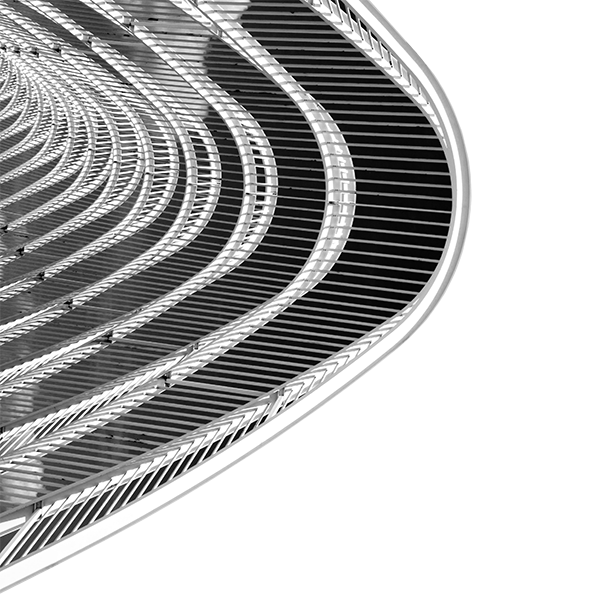E&M and the Cold War

The Pershing II played an important role in the cold war
The Pershing II was a tactical nuclear missile used during the Cold War to defend Western Europe from a possible invasion from Communist Eastern Europe. In January, 1985, a PII caught fire during assembly on its mobile launcher in Heilbronn, Germany. Several GIs were killed. Soon after, hundreds of thousands of Europeans joined protests of the presence of American missiles in Europe.
At the time, EMA was the Electromagnetic Effects Prime contractor for the US Army Missile Command Test and Evaluation Directorate in Huntsville, Alabama. EMA was immediately involved in supporting the US Army Missile Command in investigating this accident and the determination of its cause. Our activities included:
- Development of a propellant ignition scenario using numerical simulation of static electricity dynamics in the PII configuration including the Kevlar motor case and solid propellant.
- Extensive laboratory testing of propellant ignition characteristics and charge transport on the missile and erector-launcher configuration and materials
- Development of a full scale test facility with a cold chamber to replicate the proposed accident scenario, and successful performance of a full scale demonstration experiment.
EMA determined the cause to be static charging of the motor case while inside its steel shipping canister. An external static discharge induced a discharge inside the propellant within the Kevlar motor case and ignited the propellant.
EMA also helped to develop mitigation approaches to eliminate the ESD ignition process. In the following years, we also participated in two similar ESD accident investigations related to solid rocket propellant manufacturing.

